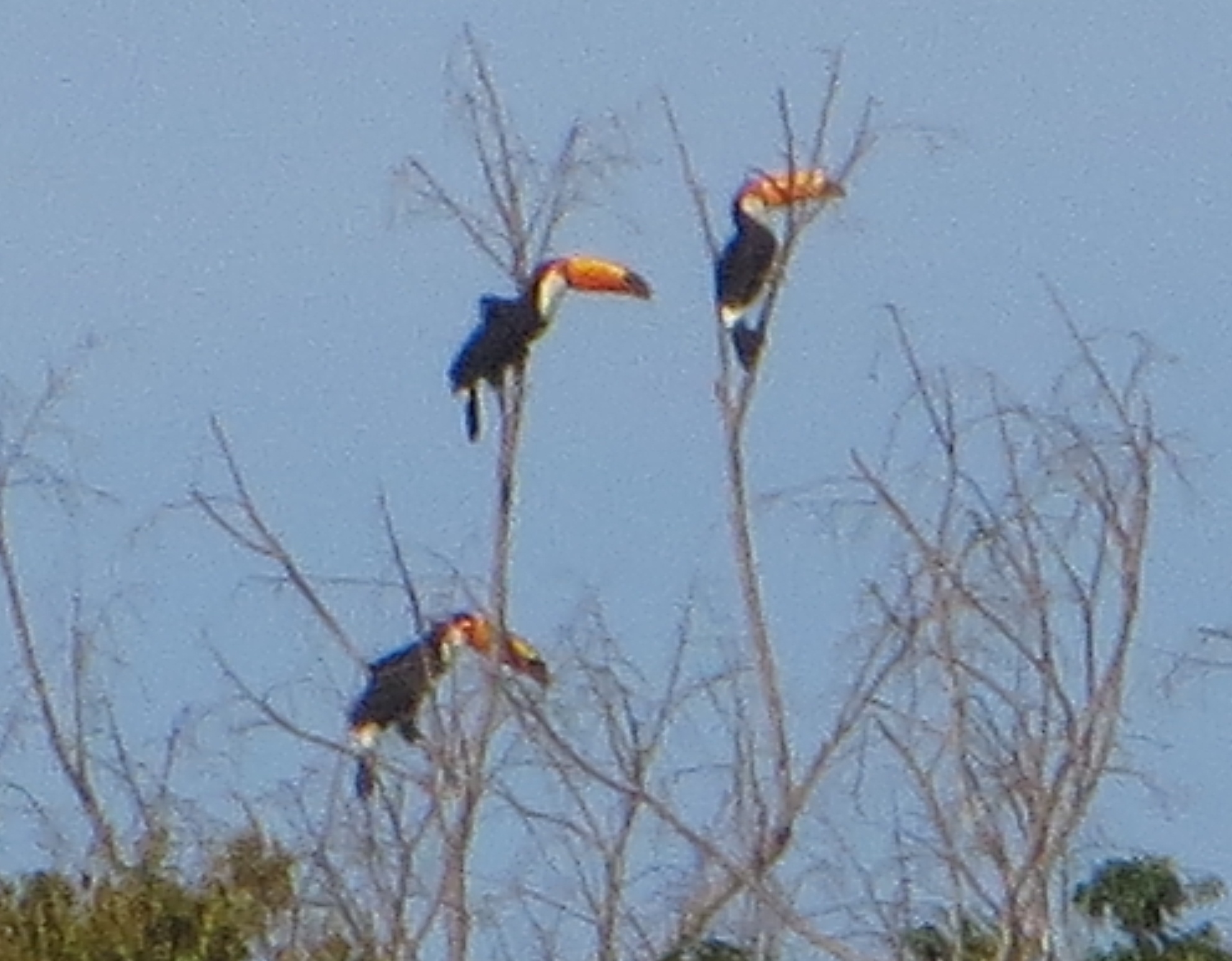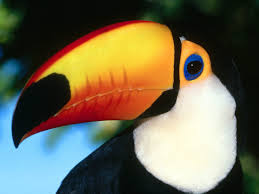Question from 8 year old, George, Morpeth, Northumberland. Thank you very much!
Hmm. Now this is a particularly tricky question for two people who love wildlife and have a particular soft-soft for the feathered variety! Especially, as along the course of the thousands of miles that we have run, it has been birds more than anything that has kept us company.

Because that is the cool thing about birds in particular. They are so visible.
Where ever you are you can find them; whether in a city park, school play-ground, country lane, up high on the moors or running with us now through the largest rainforest on earth, the Amazon….
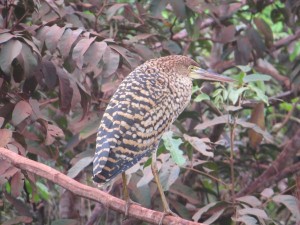
You might find them gathering nesting materials, singing on a perch, flying through the sky, pecking for worms on the ground or crushing mussels on the seashore, the more you watch and listen the more you will find out about your wild neighbours.
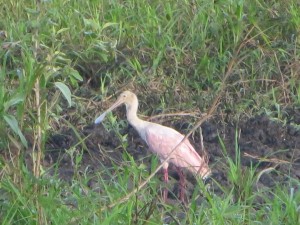
And once you start looking, you will probably soon realize that each and every species is adapted – has changed its behaviour and shape over hundreds of years- to suit its chosen habitat perfectly.
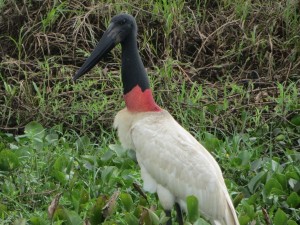
Q. Check out the beak of a house sparrow versus and an avocet. The size of a buzzard versus a black bird. Can you work out why they look the way they do and why they suit the habitat they live in?
And that brings us back to our favourite. Well we have thought long and hard (we have lots of time to think as we run the roads every day!) and think one of the most crazy, zany, colourful and weird of birds has got to flap off with the prize of favourite….
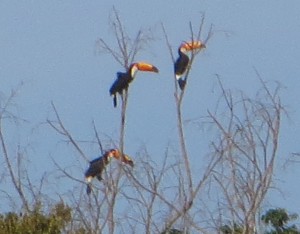
THE TOCO TOUCAN!!!
Like a clown of the sky, you see his huge bright beak before you see him! He flies by flapping hard his wings and then gliding and because his beak is over half the size of his body, he always seems to be slightly “top-heavy”!
His massive, light, beak is the perfect tool for doing what he likes best: reaching for and pealing fruits. It also allows him to stretch into holes and nests where he can pinch such tasty morsels as: smaller birds, eggs and lizards. It even acts like a “thermostat” cooling his blood in the tropical heat!
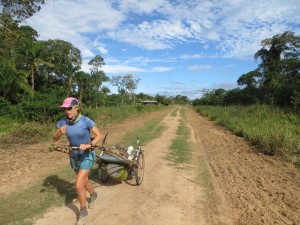
We first saw a toco toucan in northern Argentina, then in Bolivia and now in Brazil. They are only found in South America. Their habitat is the edges of tropical rainforests and wooded savanna. They need trees to nest in (they nest in holes), to sing from and to collect food and prey from. Where there is one, there always follows another! And the day before yesterday, we counted 19 individuals during our morning bird survey.
THINGS TO DO:
- Find out how you can survey birds in your garden or local area too: click here for a 5000mileproject survey pack.
- Click here for lots of information and photos from Wikipedia about Toco Toucans
- Click here for more facts on Toco Toucans from Birmingham Zoo
- Click here to learn more about the Toucan family from Wilkipedia
- Click here for National Geographic facts about toucans
- Click here for a Birdlife factsheet about the Toco Toucan world population
- And Click here to learn Why Birds Are Important, Plus Facts & Photos about some Amazing Wildlife at the bottom of the article
